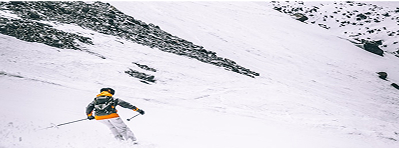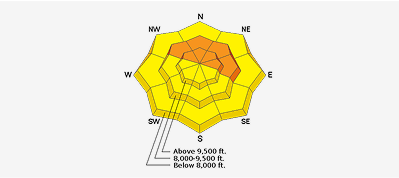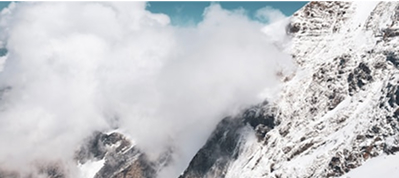Along with the previously cited Wind Slab issues, there was a very sensitive and reactive density break that was producing Soft Slab issues within the new snow, and in many places there was widespread avalanching in reactive layers directly above the old snow/new snow interface. Both Wind Slabs and Storm Slabs appeared to align with the widespread unusually wide propagating avalanche cycle that was observed and reported by multiple parties. In upper elevation terrain above 9800 feet this issue may still show signs of reactivity on Wednesday morning.
Danger today was Considerable, and any periods of direct sunshine on Wednesday morning and or early afternoon may see this same Considerable Danger rating but more likely as a result of Wet Loose activity. Any periods of elevated wind development and or heavy PI may see another round of natural activity.






